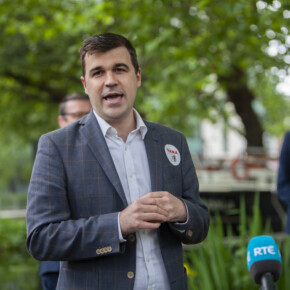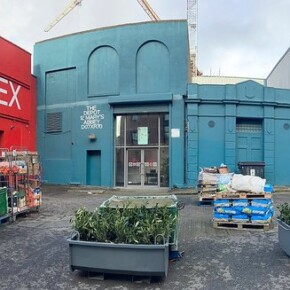A forgotten Irish heroine
Dublin People 06 Feb 2015HELENA Moloney was born on January 15 1883 in the heart of Dublin city.
After hearing a fiery speech by Maud Gonne outside the Customs House in August 1903, Helena joined Inghinidhe na héireann, the Daughters of Ireland, and soon became one of the most prominent leaders in the struggle for Independence.
Inghinidhe na hÃ?ireann was a militant republican organisation for women, established by Maud Gonne in 1900.
‘The Daughters’ combined militant republicanism and feminism with support for Irish culture and industries.
Some of the organisation’s main activities included hosting Irish language and history classes, encouraging shops to stock Irish goods, opposing recruitment to the British Army and actively supporting the struggle for Irish freedom.
Helena immediately threw herself into this work and proved herself to be a capable revolutionary. Before long she was elected as secretary of Inghinidhe na hÃ?ireann. Countess Markieveicz and Dr Kathleen Lynn, both prominent veterans of the 1916 Rising and the
‘Tan War, have described Helena Moloney as their inspiration for becoming involved in the fight for Independence.
In 1908, Helena became editor of Inghinidhe’s newspaper, Bean na hÃ?ireann, which advocated physical force republicanism and feminism.
Under her leadership Bean na hÃ?ireann was an influential revolutionary newspaper affectionately described as
‘the women’s newspaper that all men buy’.
Through her involvement with Inghinidhe, Helena also became a promising actor and was a member of the National Players’ Group, which helped to establish the Abbey Theatre.
However, Helena’s first commitment was to the revolutionary struggle and she was a tireless agitator and organiser.
In 1909, she helped Countess Markievicz establish Na Fianna Ã?ireann, the republican boy scouts, at her home in 34 Camden Street, Dublin.
In 1911, Helena
‘won the honour’ of becoming the first female political prisoner of her generation when she was imprisoned for smashing a portrait of King George V during a protest against a royal visit to Ireland.
Helena’s
‘Labour Notes’ column, covering trade union activity in Bean na hÃ?ireann, brought her into contact with James Connolly.
Connolly soon convinced her of the necessity for a socialist revolution__ in Ireland and she became one of his most committed disciples.
During the 1913 Lockout Helena was to the fore in supporting the workers, speaking at strike meetings and working in the soup kitchen in Liberty Hall.
She soon became a daily feature in the life of Liberty Hall and in 1915 James Connolly appointed her as secretary of the Irish Women Workers’ Union.
Helena joined the Irish Citizen Army, where women could hold equal rank to men. She held a position as a drill instructor.
During the 1916 Rising Helena was involved in the attack on Dublin Castle and was a part of the republican garrison at City Hall.
This garrison saw fierce fighting and a number of republicans were killed. Captured during the Rising, Helena was interned in England in Aylesbury Prison. She was released at Christmas 1916 and helped to reorganise the republican forces.
Helena took an active part in the
‘Tan War and supported the mass wave of protests that saw the establishment of workers’ Soviets (a wave of protests across the country during the War of Independence, inspired by the Bolsheviks in Russia). She was opposed to the Treaty and took the republican side in the Civil War.
After the Civil War, Helena continued her republican activities, particularly in support of IRA prisoners. She also remained an active trade unionist and in 1937 was elected as the second female president of the Irish Congress of Trade Unions (ICTU).
On January 28 1967, Helena Moloney died in Dublin and for far too long she has remained one of Ireland’s forgotten heroines.











